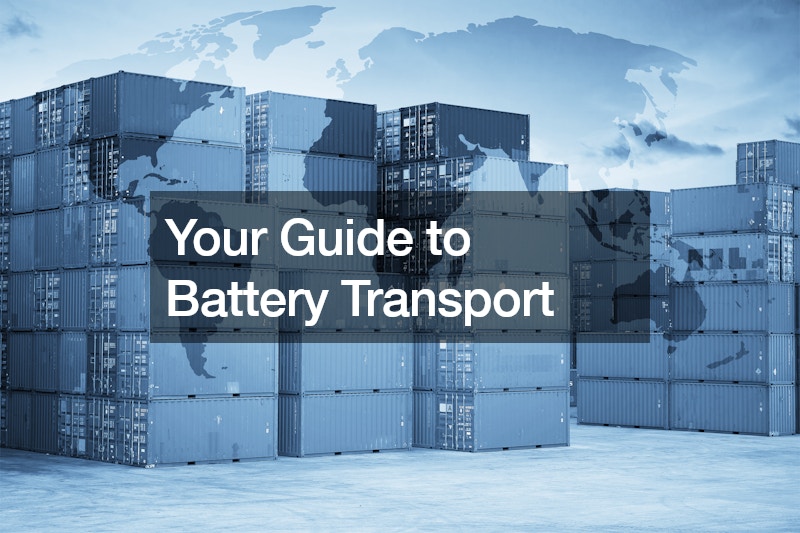Your Guide to Battery Transport


Navigating battery transport requires careful consideration of safety regulations and best practices to ensure the secure and efficient transportation of these potentially hazardous materials. Firstly, it’s essential to familiarize yourself with the relevant regulations governing battery transport, including those set forth by national and international authorities such as the Department of Transportation (DOT) and the International Air Transport Association (IATA). These regulations outline specific packaging, labeling, and documentation requirements that must be adhered to when transporting batteries by land, air, or sea.
Additionally, proper handling and storage practices are crucial to mitigate the risk of accidents or damage during transport.
Ensure that batteries are securely packaged in appropriate containers that are designed to prevent leakage, short circuits, or other hazards. Proper labeling and documentation are also essential to facilitate safe and efficient transport and ensure compliance with regulatory requirements. Consider factors such as temperature control and environmental conditions when planning battery transport. Extreme temperatures and humidity can affect battery performance and safety, so it’s important to take precautions to protect batteries from adverse conditions during transit. By following these guidelines and staying informed about regulatory requirements, you can navigate battery transport with confidence, ensuring the safe and reliable delivery of batteries to their intended destination.



